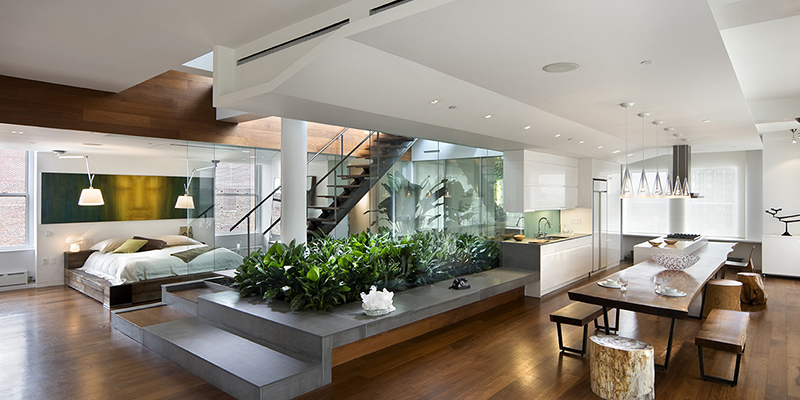
Expert guide
With shorter work days and more time spent at home, Ramadan is the perfect opportunity to get your house in order, and you can get it all done in just one week.
We can admit cleaning can be incredibly tedious (unless you are Monica from ), but in the long term, a few hours a day spent showing your home some TLC might leave you feeling calm, organised and focussed.
Dyson is here to turn the dull tasks into something a little more exciting with their range of innovative products, so we have asked one of their savvy microbiologists to share their daily guide for a squeaky clean home.
Wash bedding on a 60°C or 90°C wash to help to break down and reduce allergens.
Wash or replace duvets and pillows to reduce the amount of dust mites and skin flakes present in your bed.
Vacuum both sides of your mattress to remove dust mites and skin flakes.
Expert tip: Vacuum your home after dusting so that any dust that has been disturbed and placed onto the floor is removed and not redistributed around the home by normal activity wherever there is dust there is the possibility of dust mites.
Remove dust from kitchen cupboard tops, using either a vacuum with an advanced filtration system or by dusting with a clean damp cloth or cleaning wipes.
Clear kitchen counters and cupboards to deep clean. Vacuum to remove dust and debris, then wash with warm water and detergent. Follow up by drying all surfaces.
Empty the fridge and freezer, and clean all surfaces with warm water and detergent or cleaning product. Vacuum round the back and under the fridge and freezer, without forgetting the cooler element on the back as this will improve performance.
Vacuum the places not regularly vacuumed, such as under furniture.
Vacuum your sofa and armchairs, which can harbor large debris along with dust mites, skin flakes and other allergens such as pollen. Wash any coverings and cushions to reduce the level of dust caught within them.
A lot of dust can gather in curtains and blinds. Make sure you vacuum them with a soft brush tool or launder them if possible and practical.
Remove dust from walls by dusting with a damp cloth, cleaning wipes or using a vacuum with advanced filtration. Dust on certain wall types can contribute towards the growth of mould.
Dust lights and light fittings. Dust can gather in lampshades and light fittings which can burn on hot bulbs producing VOCs and odour or be moved around the room by the production of warm air around the bulbs.
Dust behind radiators – a hidden place often missed during normal cleaning. Significant dust collects behind the radiator and this can be distributed around the room by the air flow produced by the warm air from the radiator.
Source: https://emirateswoman.com/life/feed/


